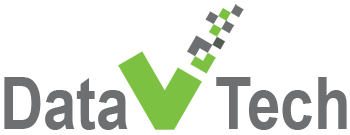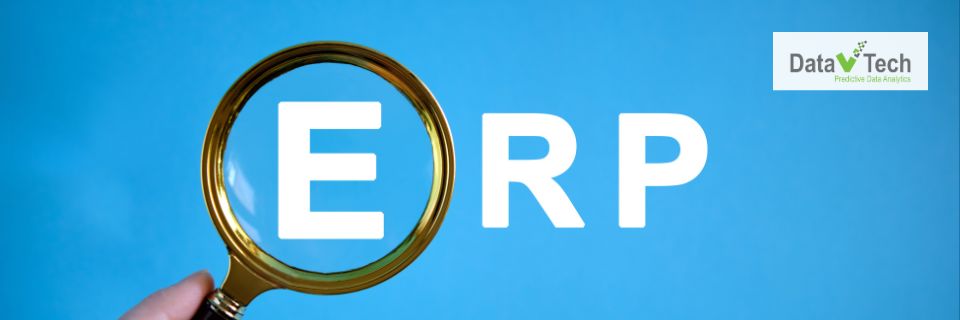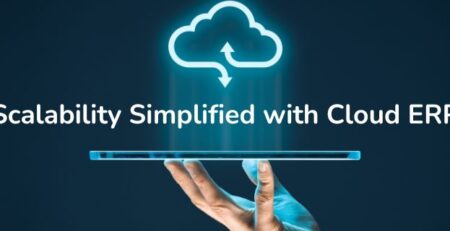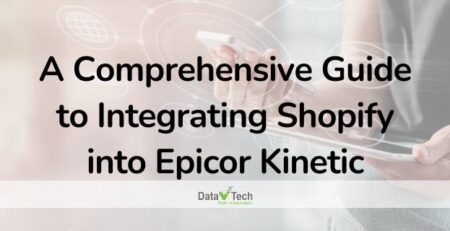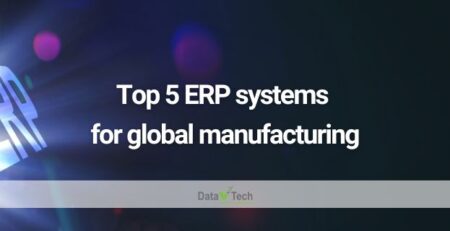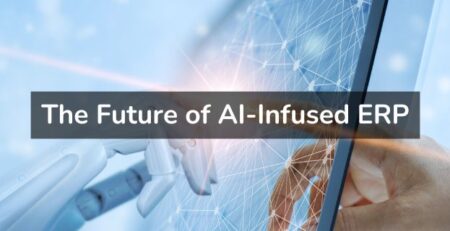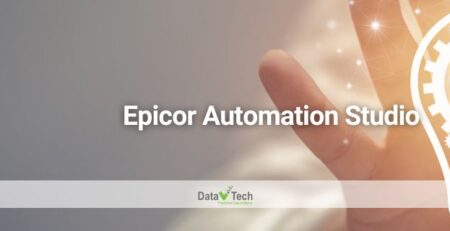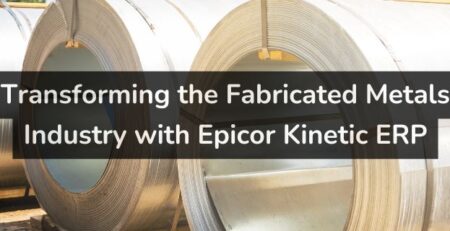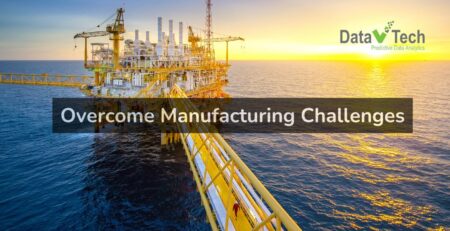In practice, ERP (Enterprise Resource Planning) systems like Epicor Kinetic are essential for managing core business operations, including finance, supply chain, and production processes. ERP integrates all these functions into a single platform, providing real-time data and improving operational efficiency. On the other hand, EPR (Enterprise Performance Reporting) focuses on monitoring and analyzing performance metrics, helping businesses evaluate their progress against strategic goals through detailed reports and KPIs. These two acronyms often surface in business technology discussions. While both play critical roles in improving organizational efficiency, they serve different purposes. This article will compare ERP and EPR, clarifying their differences and how each can benefit your business.
What is ERP (Enterprise Resource Planning)?
ERP (Enterprise Resource Planning) is an integrated software system used to manage and automate key business functions, such as finance, supply chain, human resources, production, and customer relationship management (CRM). ERP systems centralize data across an organization, enabling different departments to access, analyze, and utilize the same information in real time.
Key Features of ERP:
- Comprehensive Integration: ERP systems unify various business functions under a single platform, reducing the need for multiple standalone applications.
- Real-time Data: ERP provides real-time data and analytics, helping businesses make informed decisions based on the latest information.
- Automation of Processes: ERP automates repetitive tasks like accounting, inventory management, and order processing, increasing efficiency and reducing human error.
- Scalability: Most ERP solutions, such as Epicor Kinetic, offer scalability, allowing businesses to expand and integrate more modules as they grow.
Benefits of ERP:
- Streamlined operations and enhanced workflow efficiency.
- Improved collaboration between departments.
- Reduced operational costs due to automation.
- Increased visibility into business performance and real-time decision-making.
What is EPR (Enterprise Performance Reporting)?
EPR (Enterprise Performance Reporting) collects, analyzes, and reports on a company’s performance metrics. Unlike ERP, which integrates and manages daily operations, EPR is designed to evaluate performance against business goals and objectives. It provides insights into key performance indicators (KPIs), financial results, and operational efficiency through comprehensive reporting tools.
Key Features of EPR:
- Performance Tracking: EPR systems monitor KPIs, helping businesses assess how well they meet strategic goals.
- Customizable Reports: EPR solutions offer a range of reporting options, from financial statements to detailed operational insights, which can be customized for different stakeholders.
- Data Aggregation: EPR tools compile data from various sources, including ERP systems, to provide a holistic view of the company’s performance.
- Historical Analysis: EPR allows businesses to compare current performance against historical data, identifying trends and areas for improvement.
Benefits of EPR:
- Enhanced decision-making through detailed performance reports.
- Ability to identify underperforming areas and implement corrective actions.
- Data-driven insights that align operations with business strategy.
- Increased accountability through regular performance reviews.
ERP vs. EPR: Key Differences
| Feature | ERP | EPR |
| Primary Function | Manages day-to-day business operations. | Focuses on reporting and evaluating business performance. |
| Scope | Broad, covering all aspects of business operations. | Narrow, focusing on performance metrics and reporting. |
| Data Usage | Real-time operational data for process management. | Aggregated data for performance analysis and strategic insights. |
| Integration | Integrates various business departments into one system. | Integrates data from multiple systems, including ERP. |
| End Users | Managers, department heads, and operational staff. | Executives, financial analysts, and performance managers. |
| Outcome | Optimized operational efficiency. | Informed decision-making based on performance metrics. |
How ERP and EPR Work Together
While ERP and EPR have different focuses, they are highly complementary. In many cases, an EPR solution relies on data generated by an ERP system. For example, a manufacturing company using Epicor Kinetic as its ERP can leverage EPR tools to generate performance reports based on the production and financial data provided by the ERP system.
Example of Integration:
- A company might use ERP to manage inventory levels, sales orders, and payroll. An EPR tool can then analyze this data to report on profitability, efficiency, and workforce performance, offering insights into areas that need optimization.
By integrating both systems, businesses can manage daily operations efficiently (ERP) while gaining insights into their long-term performance and strategic direction (EPR).
Choosing the Right Solution for Your Business
The choice between ERP and EPR depends on your business goals. If you focus on automating and managing operations, an ERP system like Epicor Kinetic would be the best choice. However, if your priority is to evaluate and improve performance, then an EPR solution would be a better fit.
In many cases, companies benefit most from using both systems in tandem, ensuring they have both operational efficiency and performance insights.
Are you considering implementing ERP or EPR solutions? Data V Tech can help assess your needs and recommend the best approach to streamline your operations and enhance your business performance.
Contact Data V Tech today to learn more about ERP and EPR solutions and how they can be tailored to fit your business strategy.
